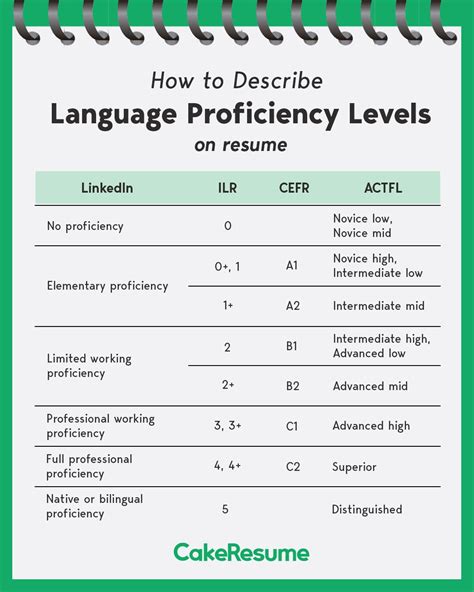Introduction
In the realm of linguistics, the distinction between “proficient in” and “proficient at” often arises, sparking debates among language learners and educators alike. This article delves into the intricacies of these two terms, exploring their nuances, applications, and implications in the pursuit of language proficiency.

“Proficient In” vs. “Proficient At”
“Proficient in” implies a deep-seated understanding and ability in a particular language. It suggests a high level of competence and fluency across all aspects of language usage, including speaking, listening, reading, and writing. A person proficient in a language can navigate linguistic complexities with ease, communicate effectively in various contexts, and engage in meaningful conversations with native speakers.
“Proficient at”, on the other hand, denotes a specific skill or task within a language. It implies mastery of a particular language aspect, such as business communication, technical writing, or public speaking. A person proficient at a specific task may not possess the same level of overall proficiency as someone proficient in the language itself.
Factors Determining Proficiency
The level of proficiency in or at a language is influenced by several factors:
- Exposure and Practice: Regular and sustained exposure to a language through reading, listening, speaking, and writing is crucial for developing proficiency.
- Motivation and Interest: Strong motivation and genuine interest in a language foster engagement and facilitate progress.
- Language Learning Strategies: Employing effective language learning strategies, such as immersion, spaced repetition, and active recall, enhances acquisition and retention.
- Cognitive Abilities: Language aptitude, memory, and attention span play a significant role in speed and ease of learning.
Applications of Proficiency
Proficiency in a Language:
- Global Communication: Enables effective communication with people from diverse linguistic backgrounds.
- Academic Advancements: Supports higher education, research, and cultural exchange.
- Career Opportunities: Expands job prospects and professional networks.
- Personal Enrichment: Provides access to literature, art, and other cultural experiences.
Proficiency At a Specific Task:
- Specialized Communication: Facilitates effective communication in specific fields, such as medicine, law, or business.
- Increased Productivity: Enhances efficiency and productivity in work or academic settings.
- Enhanced Credibility: Demonstrates specialized knowledge and expertise.
Tips and Tricks for Proficiency
For Achieving Proficiency in a Language:
- Immerse Yourself: Surround yourself with the language through movies, music, books, and conversations.
- Practice Regularly: Engage in daily language activities, both in and out of the classroom.
- Seek Feedback: Get constructive criticism from native speakers or language teachers.
- Utilize Technology: Leverage language learning apps, podcasts, and online resources.
For Developing Proficiency At a Specific Task:
- Identify Your Goal: Specify the exact task or skill you wish to master.
- Focus on Specific Skills: Practice and refine the relevant language skills for your task.
- Seek Specialized Training: Consider workshops, courses, or private lessons to enhance your competence.
Common Mistakes to Avoid
- Translating Word-for-Word: Avoid direct translation; instead, focus on understanding the underlying meaning.
- Overemphasizing Grammar: While grammar is important, fluency is more dependent on practice and exposure.
- Fear of Making Mistakes: Embrace mistakes as opportunities for learning and growth.
- Neglecting Listening: Develop active listening skills to improve comprehension.
Innovation in Language Pedagogy
Coined Term: Augmentative Language Enhancement (ALE)
ALE refers to the use of technology and novel methodologies to enhance language learning experiences:
Augmentative Language Enhancement (ALE)
| Methodology | Description | Benefits |
|---|---|---|
| Virtual Reality (VR) | Immersive language learning in simulated environments | Enhanced engagement and motivation |
| Artificial Intelligence (AI) | Personalized language learning experiences based on learner data | Adaptive feedback and individualized instruction |
| Gamification | Incorporating game elements into language learning | Increased enjoyment and motivation |
Conclusion
Understanding the distinction between “proficient in” and “proficient at” is paramount for language learners and professionals alike. By recognizing the different implications and applications of these terms, individuals can optimize their learning strategies and achieve their language proficiency goals. Through focused practice, continuous exposure, and the adoption of innovative technologies, learners can master the complexities of language and unlock a world of opportunities.
